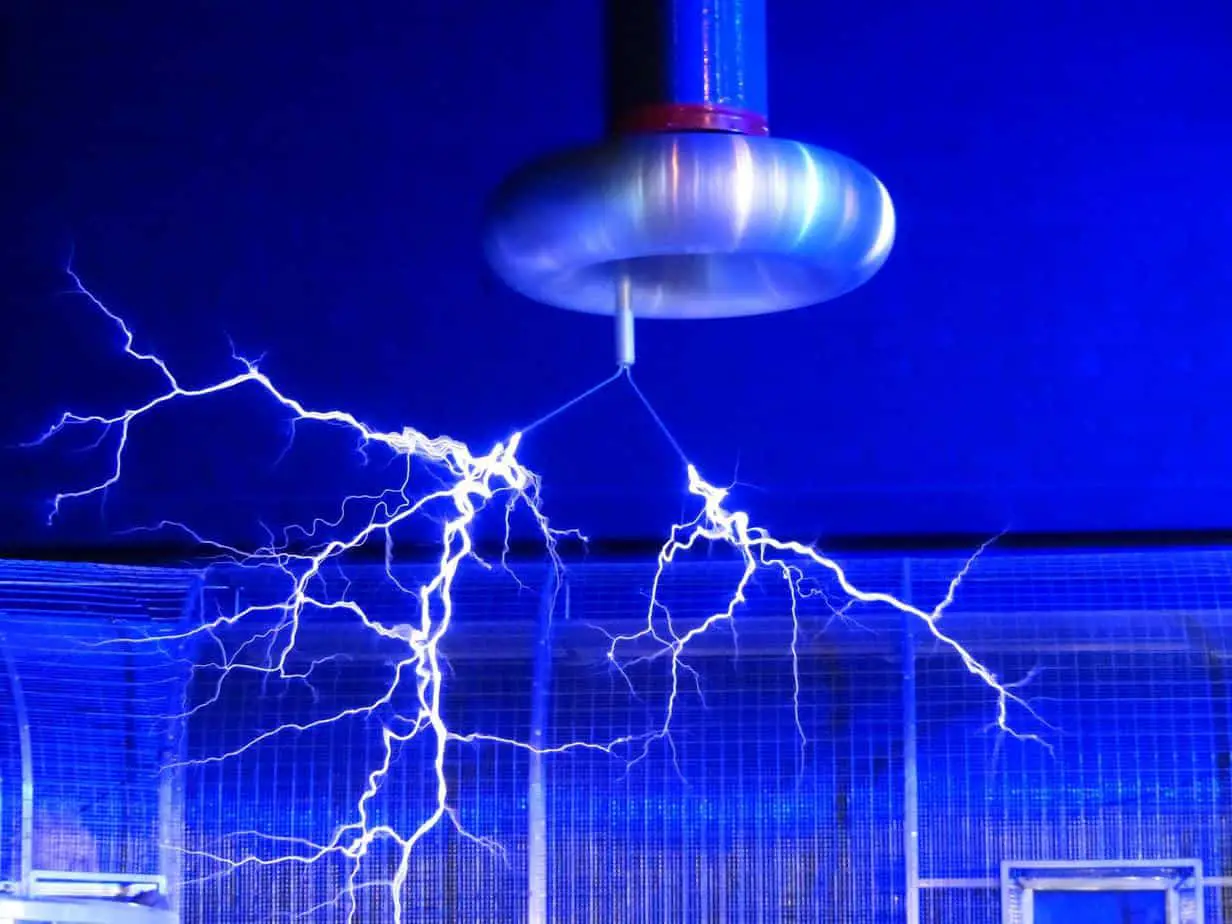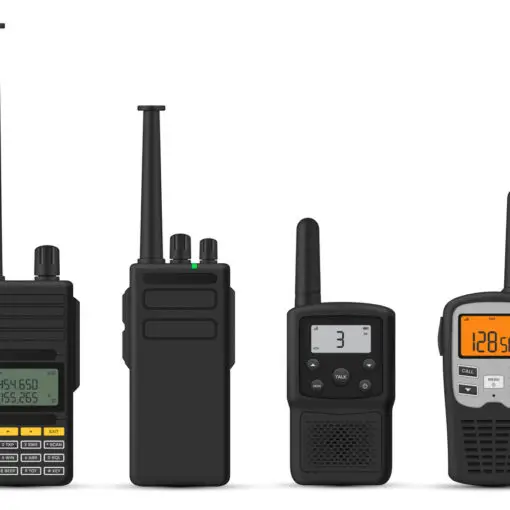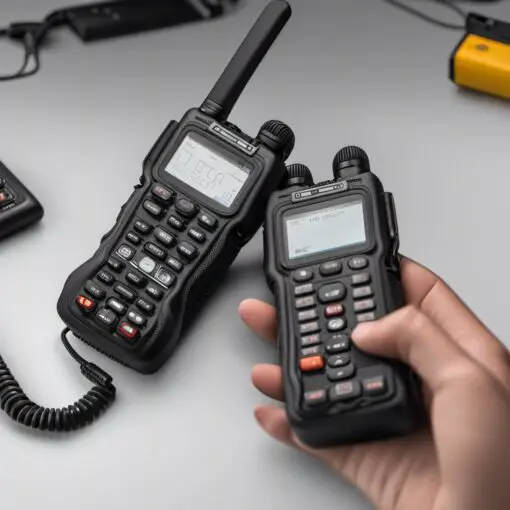Ham radios go back more than 100 years when the first amateur radio operators were known more for their clunky “ham-fists” than technological savvy. Today, ham radios are often associated with long-haul truckers, preppers, and hobbyist radio enthusiasts. Yet, as they’ve become relegated to specific niche communities, most people have lost the knowledge once commonly held about these awesome devices.
As ham radios have become less common in the United States, there’s been a swirl of misinformation about how they work, what they do, and how they can lead to negative consequences. Yet, ham radios are harmless and work much like other electronics. They require electricity, send out specific radio frequencies, and pick up other similar frequencies.
If you’ve found yourself wondering how ham radios work and about possible problems with interference, keep reading here! We’ll explain how these devices operate, how they interact with other electronics, and answer all other possible questions.
How Do Ham Radios Operate?
Ham radios might sometimes be called amateur radios but there’s really nothing amateur about them. Most ham radio operators are deeply knowledgeable about radio technologies and some are even licensed by the Federal Communications Commission (FCC). This license gives them permission to use specific FCC frequencies, labeled ‘Amateur Bands’.
Most ham radios operate above standard AM radio frequencies, extending upwards into the microwave gigahertz range. Most ham radio bands exist outside standard frequencies to prevent them from interfering with home and car radio frequencies. For most ham operators, frequencies between 15-27 MHz are perfect for long-distance daytime communications. At night, operators change to 1.6-15 MHz bands, or short-wave radio frequencies.
When ham radios send out a frequency, the radio waves travel out in all directions, yet usually only one or a handful of people pick up the communication. This creates a small roundtable conversation compared to the mass one-way communications you’d pick up on a standard FM/AM radio.
Do Ham Radios Need Electricity to Work?
It’s a common misconception that ham radios don’t need electricity. Ham radios might not work on standard radio frequencies but they’re still electronic radios. Just like any electronic device, ham radios need a constant supply of electricity to work. The flow of electrons through the radio creates a radio frequency that can be picked up and registered by other ham radios.
Many ham radios transmit their frequencies using hand-held battery-operated transceivers. Although they may look like they’re not plugged in, they’re still operating on electricity from a battery. Therefore, if you’re preparing for a possible natural or manmade disaster, it’s important to keep a stock of batteries on-hand to operate your radio.
Do Ham Radios Need Antennae to Work?
Although ham radios create their own radio frequencies, they still need antennae to strengthen and spread their broadcasts. Most ham radios use FM repeaters to borrow antenna space from local radio and TV broadcasting stations. These are often located on tall buildings or mountains.
When an antenna receives a signal, it’s then re-broadcasted back out to extend a ham radio’s range. The FM repeater takes in a single signal and instantaneously rebroadcasts it as a new frequency. This makes the communication stronger, allowing it to travel farther than if it were just sent with a hand-held ham radio.
By linking multiple repeaters, ham radio operators could theoretically spread their communications as far as they’d like. Some ham enthusiasts have managed to lengthen their communications across entire states using just a hand-held battery-operated transceiver.
Can Ham Radios Interfere with Cell Phones?
Theoretically, a ham radio operator could set their frequencies to interfere with cell phone wavelengths and pick up the stream of data. However, this doesn’t mean that a ham radio operator could listen in on your cell phone communications. Cell phone frequencies are more complicated than radio waves.
Cell phones produce a digitized frequency of encrypted data. Even if a ham radio operator could pick up cell phone signals, they wouldn’t be able to decrypt the information stored within the frequency. Instead, it would just sound like static. A ham operator would need additional expensive equipment to decrypt and access the communications.
Why Do Ham Radios Sometimes Experience Interference?
If your ham radio is experiencing interference, it’s likely due to one of two causes:
- Electric interference – Electric interference often happens with electricity arcs nearby your radio. This could be from a motor or nearby powerlines.
- Electronic interference – Electronic interference happens when certain frequencies begin leaking into yours. Nearby computers and WiFi can sometimes interfere with your ham radio by producing their own similar frequencies.
You can fix WiFi interference by following these four easy steps:
- Move your WiFi router away from other nearby routers or electronic devices.
- Unplug your electronics and appliances when you’re not using them.
- Don’t use too many wireless devices in one place at the same time.
- Switch to a different frequency.
Alternatively, you can try changing the height of your aerial to reduce interference. A better aerial will help filter out interference from other nearby transmitters or, if you’re using an amplifier, set it to the lowest gain to avoid system overload.
Are Ham Radio Frequencies Regulated to Prevent Interference?
Amateur radio services are currently regulated under the International Telecommunication Union of the United Nations and the Federal Communications Commission in the United States. Under their regulations, amateur ham radio operators can only use specific frequency bands to prevent interference with government operations and public cell, radio, and television broadcasts.
Amateur ham operators are tested and licensed by the FCC before they can officially operate their radios. This ensures that operators understand which frequencies they can and cannot use and to prevent accidental interference.
Conclusion
Ham radios might not be as common as they once were but there’s still a strong community of ham enthusiasts carrying on the tradition. Ham radios require a steady flow of electricity from either a wall source or a battery. They create specific radio frequencies that are picked up by other ham radios. However, a ham operator cannot pick up or interfere with cell phone and TV signals.
References
http://www.arrl.org/frequency-allocations
http://www.arrl.org/radio-frequency-interference-rfi
https://www.itu.int/dms_pub/itu-r/md/15/wrs18/sp/R15-WRS18-SP-0003!!PDF-E.pdf
https://www.fcc.gov/amateur-radio-service





